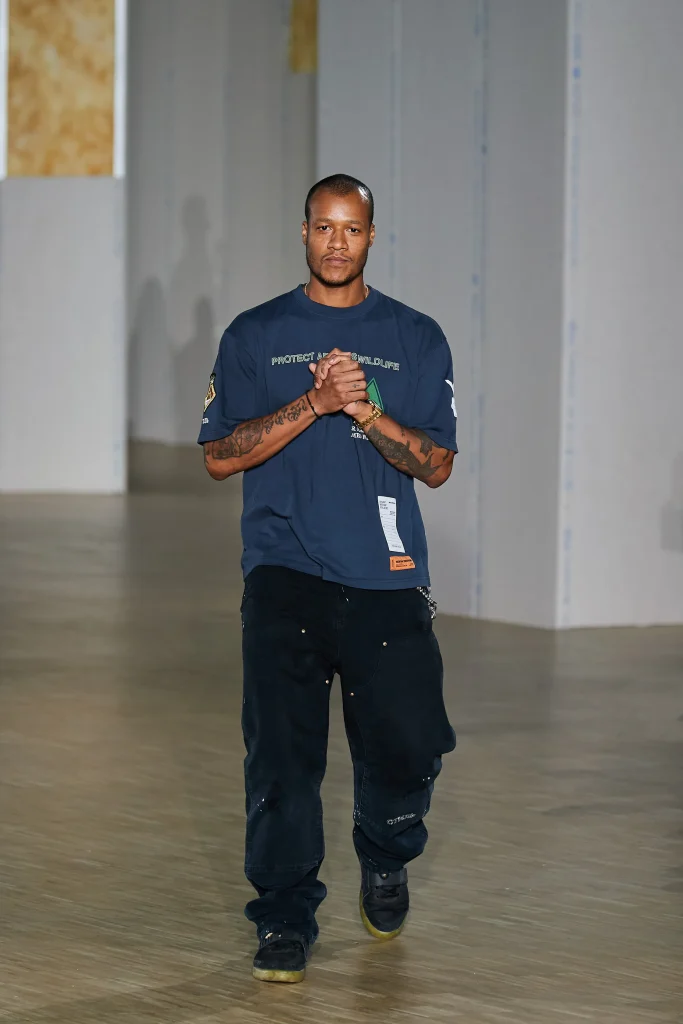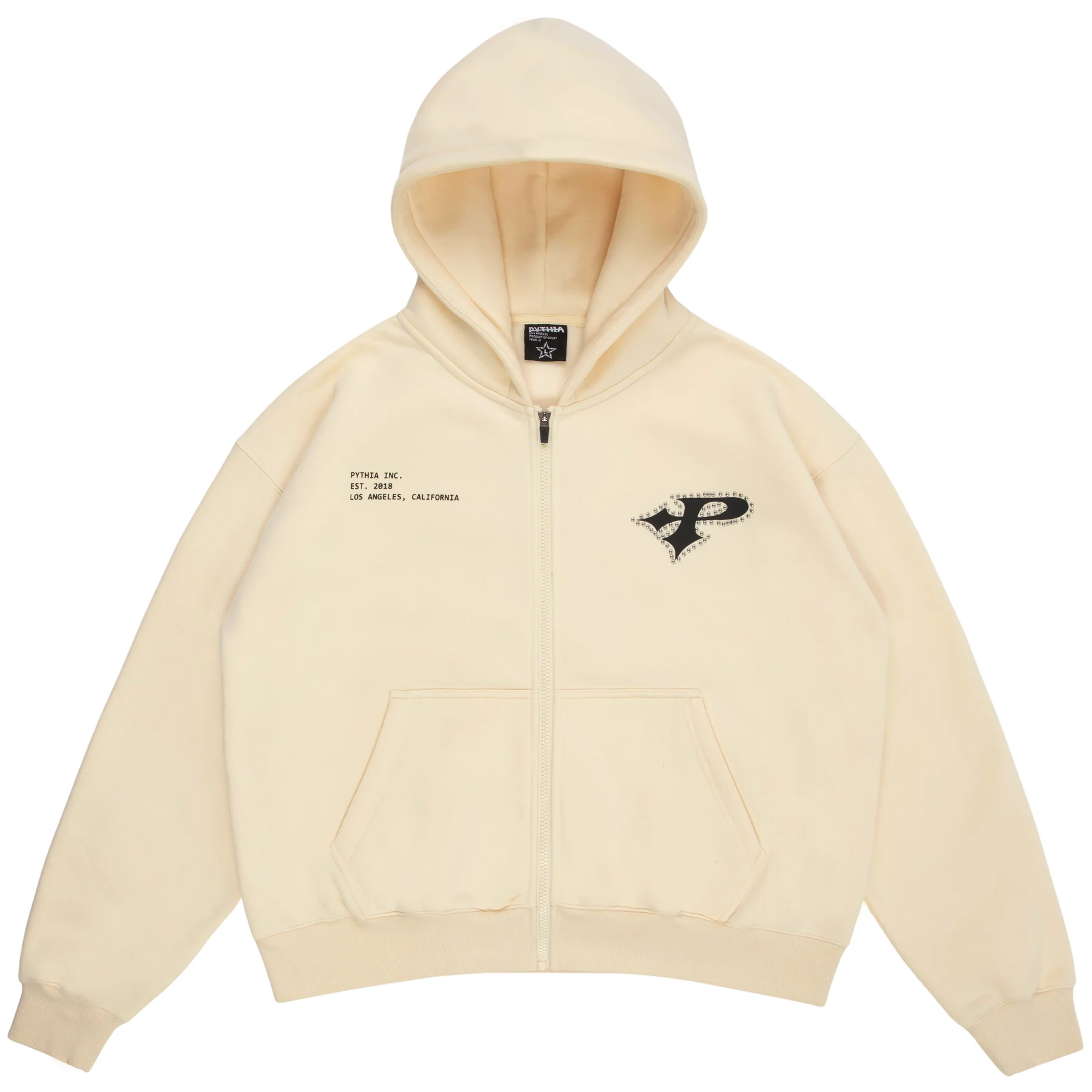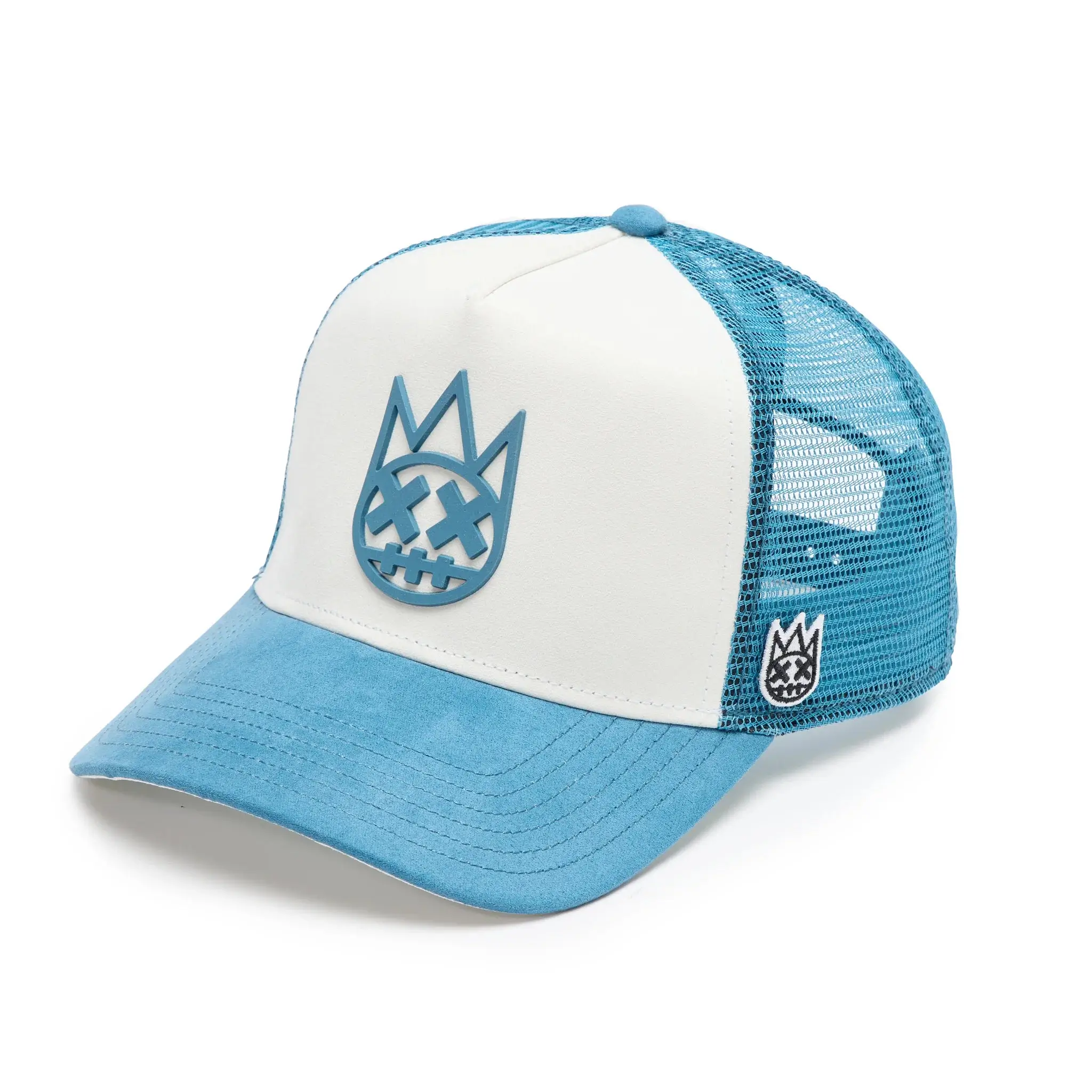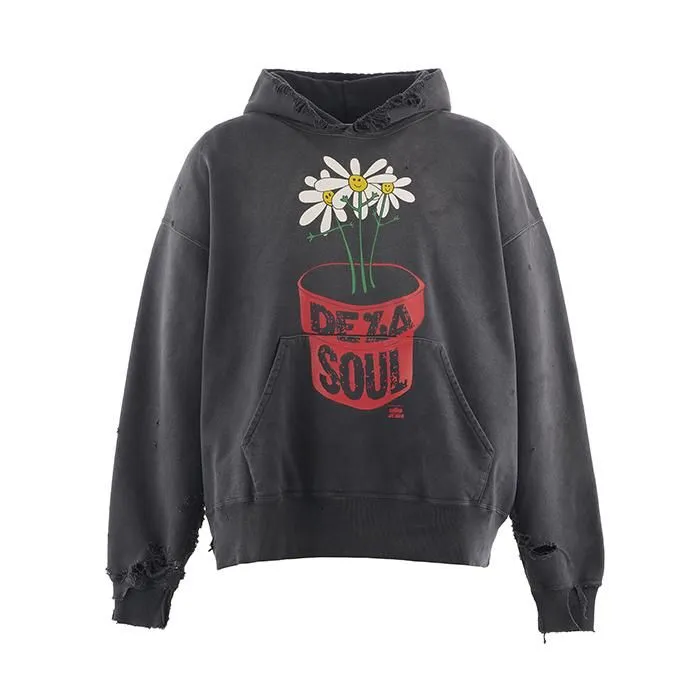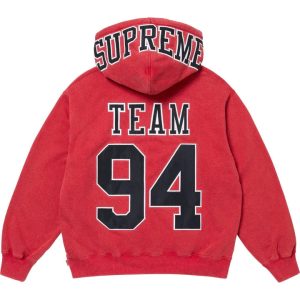In the ever-shifting world of fashion, few designers manage to straddle the boundary between haute and streetwear as effortlessly as Heron Preston. Since 2017, Preston has been a key figure under New Guards Group, the Milan-based conglomerate that nurtured a new generation of global streetwear stars. Now, in a dramatic shift, Preston has announced his departure from New Guards Group, reclaiming full ownership of his brand and setting the stage for an entirely new era.
This move signals more than just a business decision; it represents a bold assertion of independence and creative autonomy in an industry that often grapples with questions of ownership and authorship. As Preston steps forward to focus exclusively on his namesake label, the fashion world is left contemplating what this new chapter means not only for the designer himself but also for the future of global streetwear.
Origins: A creative born from the street
Born in San Francisco in 1983, Heron Preston Johnson’s early life was shaped by the raw energy of skateboarding and underground subcultures. The rebellious, DIY spirit of those formative years would become a central thread in his design philosophy, informing the bold, utilitarian aesthetic for which he would later become famous.
In interviews, Preston has often cited the California skate scene as a pivotal influence, describing how it cultivated his love for graphics, personal expression, and an irreverent approach to style. This ethos would eventually propel him far beyond the West Coast, setting him on a trajectory toward global relevance.
After relocating to New York City, Preston enrolled at Parsons School of Design, where he graduated in 2007. There, he refined his technical skills and began to hone his voice as a designer who could merge street-level authenticity with conceptual sophistication. His thesis work, which explored the concept of bootlegging and the reinterpretation of logos, hinted at the disruptive trajectory he would follow.
Rise to prominence: From “bootleg” tees to global runways
Before his name became synonymous with high-end streetwear, Preston garnered attention with his early “bootleg” T-shirts that featured reimagined corporate logos and cultural references. These DIY pieces weren’t merely about shock value; they were a commentary on consumerism and branding, challenging traditional ideas of ownership and originality.
This approach resonated deeply with a new generation of fashion enthusiasts, hungry for pieces that felt both subversive and personal. Preston’s bootleg designs quickly became cult items, laying the foundation for future collaborations and partnerships.
One of Preston’s most formative collaborations was with Kanye West, where he worked as an art director on The Life of Pablo album and the early Yeezy collections. His work with Kanye introduced him to a wider audience and allowed him to experiment with multimedia storytelling, merchandising, and experiential design — all hallmarks of his brand today.
Around the same time, Preston co-founded Been Trill, the now-iconic streetwear collective that included Virgil Abloh, Matthew Williams, and Justin Saunders. Though short-lived, Been Trill played an outsized role in shaping the visual language of contemporary streetwear, merging Internet-era aesthetics with high fashion codes.
New Guards Group era: Scaling the vision
In 2017, Preston joined New Guards Group, the Milan-based powerhouse behind Off-White™, Palm Angels, and other major contemporary labels. New Guards offered Preston the infrastructure and global distribution channels to transform his brand from a niche cult favorite into a major international player.
Under New Guards, Heron Preston’s collections became known for their bold graphics, utilitarian silhouettes, and frequent use of high-visibility orange — a color he has described as both a signature and a symbol of caution, workwear, and subversion.
From Paris Fashion Week runways to collaborations with Nike and NASA, the Heron Preston brand evolved rapidly during this period. Pieces such as his Cyrillic “СТИЛЬ” (Russian for “style”) patches, reflective outerwear, and heavy-duty tactical boots solidified Preston’s position as one of the most innovative voices in modern streetwear.
Yet, as the brand scaled up, tensions began to surface. In a candid reflection shared on his Substack and in interviews, Preston hinted at the challenges of navigating corporate partnerships, especially when artistic vision clashes with business imperatives. His departure from New Guards Group, though surprising to some, now seems like a natural step for a designer whose career has always been defined by a commitment to authenticity.
Reclaiming independence: A bold move
By stepping away from New Guards Group, Preston has taken a decisive step toward reclaiming full creative and legal control over his namesake label. This move mirrors a broader industry trend in which designers are increasingly questioning traditional fashion conglomerate structures and seeking ways to maintain ownership of their intellectual property.
For Preston, regaining full ownership is not just about brand governance; it is about rediscovering the freedom that first inspired his journey. Free from corporate constraints, he now has the opportunity to dive deeper into storytelling, experiment with sustainability initiatives, and engage directly with his community in ways that large-scale operations might inhibit.
While he has yet to share detailed plans for his next chapter, Preston has made it clear that his renewed independence will allow him to return to what he loves most: pushing boundaries, disrupting norms, and creating fashion that feels deeply personal and culturally resonant
Looking ahead: The future of Heron Preston
With complete ownership of his brand and legal rights secured, Preston is poised to steer his label into an exciting new era. While details remain sparse, several themes already hint at the direction he might take.
First, sustainability is likely to play a major role. Throughout his career, Preston has experimented with upcycling and environmentally conscious materials, famously releasing collections made from repurposed Department of Sanitation uniforms in New York. As consumers become more environmentally aware, Preston’s ability to merge sustainable practices with desirable design positions him uniquely in the market.
Second, direct-to-consumer models and community-driven activations may become central to the brand’s future. Freed from wholesale obligations and corporate sales targets, Preston can explore more intimate connections with his audience, creating limited releases and immersive experiences that align with his experimental ethos.
Lastly, we can expect a continued blurring of the lines between fashion, art, and technology. Preston has never shied away from integrating digital elements into his collections and presentations, and his independence may allow him to push these experiments further — perhaps even venturing into virtual fashion, augmented reality collaborations, or metaverse experiences.
Culture
Heron Preston’s influence extends far beyond garments and accessories. His work is a testament to the power of cultural remixing, where design, music, digital culture, and social commentary intersect. His practice reflects a generation’s complex relationship with branding, authenticity, and identity in an era defined by hyper-connectivity and rapid change.
Through his bootleg tees, environmental initiatives, and genre-defying collaborations, Preston has challenged what a fashion designer can be: not just a maker of clothes but a cultural interlocutor, a community builder, and a storyteller.
His departure from New Guards Group feels less like an exit and more like a rebirth. It is an opportunity to return to a purer form of creative expression, one rooted in the same rebellious spirit that once led a young Preston to hack corporate logos and question the meaning of authenticity.
A statement of intent
Preston’s recent statements, though concise, are filled with resolve. He emphasizes that this is a moment of reinvigoration — a chance to craft a brand narrative uncompromised by external pressures.
It’s worth noting that many of the most impactful moments in Preston’s career have arisen from periods of radical independence: his early bootleg experiments, the DIY energy of Been Trill, and his hands-on work with Kanye West. History suggests that with full control, Preston is likely to deliver some of his most compelling work yet.
Industry ripple effects
Preston’s move is also a signal to other designers wrestling with similar dilemmas. In an industry that often prizes scale and profitability above creative control, his departure from a major group like New Guards is a bold declaration of values.
The fashion industry is entering an era where independence is becoming increasingly attractive, particularly to younger designers wary of sacrificing vision for corporate backing. Preston’s decision may inspire a wave of creators to reclaim their narratives and seek new models for growth that prioritize artistic integrity over commercial expansion.
Impression
Heron Preston’s story has always been about transformation: from San Francisco skater to New York design student, from bootleg T-shirt provocateur to global tastemaker. With his departure from New Guards Group, Preston begins his most significant transformation yet.
This is not merely a business shift; it is a reclaiming of identity and a recommitment to the ideals that have defined his journey so far. By focusing entirely on his namesake brand — and by doing so on his own terms — Preston invites us to witness what might be his most authentic and impactful chapter yet.
As he steps boldly into this new phase, one thing is clear: Heron Preston’s wings have never been more unfurled. And for those who believe in fashion as a tool for storytelling, community, and cultural critique, this is a flight worth watching.
No comments yet.

